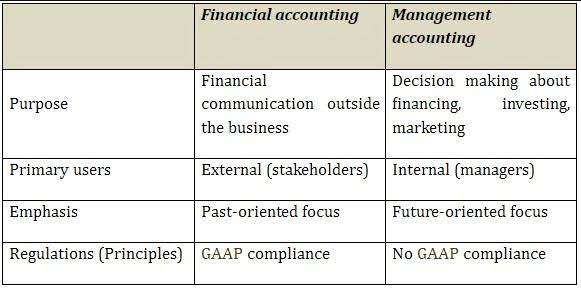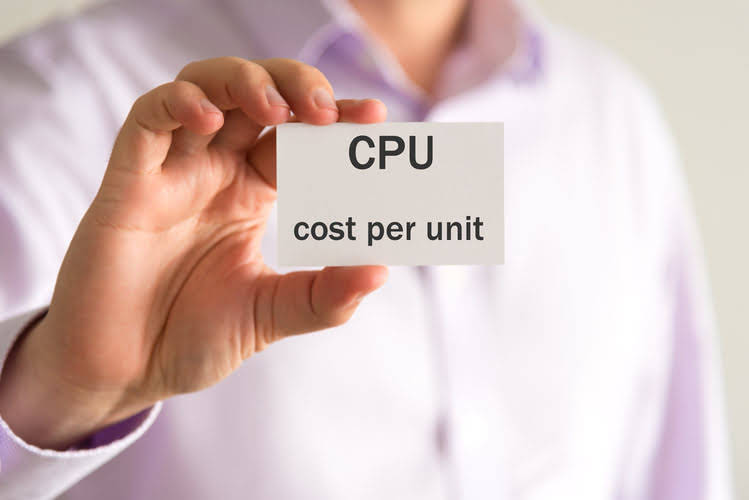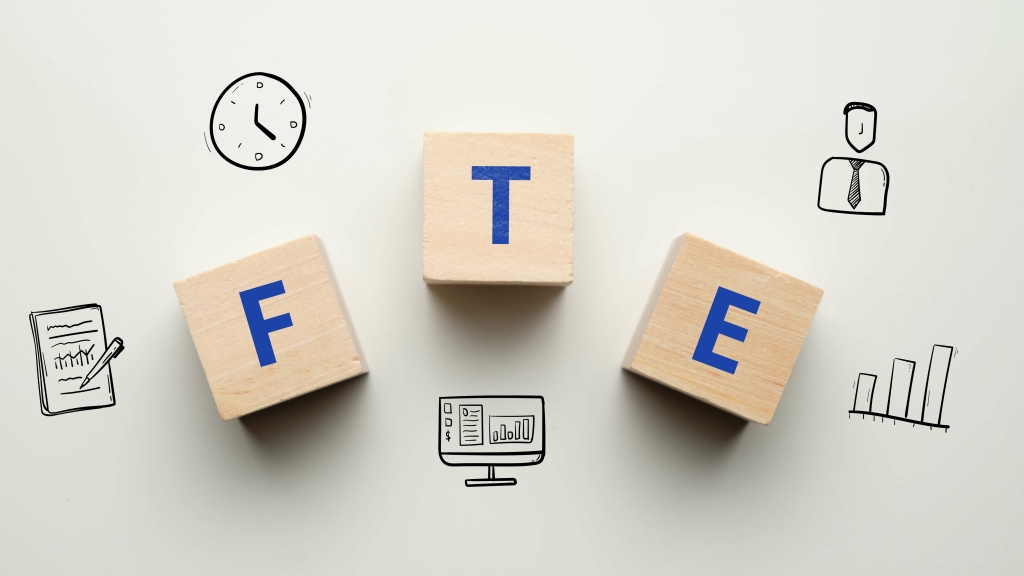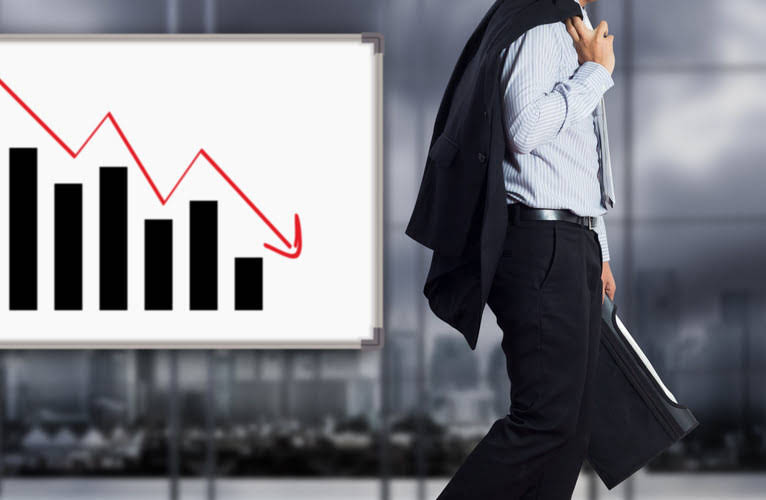Incoterms are standardized trade terms defined by the International Chamber of Commerce (ICC) that clarify the responsibilities of buyers and sellers in international transactions. Terms like FOB Shipping Point and FOB Destination fall under these guidelines, providing a common framework to mitigate misunderstandings. FOB shipping point, or FOB origin, means the title and responsibility for goods transfer from the seller to the buyer once the goods are placed on a delivery vehicle. This transfer of ownership at the shipping point means the seller is no longer responsible for the goods during transit. Instead, the buyer assumes all responsibility for the shipment when it leaves the seller’s dock.
The accounting entries are often performed earlier for a FOB shipping point transaction than a FOB destination transaction. Free on board (FOB) shipping point and free on board (FOB) destination are two of several international commercial terms (Incoterms) published by the International Chamber of Commerce (ICC). Understanding the difference between FOB shipping point and FOB destination is crucial for determining who is liable for goods during transit. For example, in FOB shipping point, the buyer is responsible for freight, insurance, and other costs from the shipping point onward.
Free on Board (FOB) Shipping Points: All You Need To Know
The fact that the treadmills may take two weeks to arrive is irrelevant to this shipping agreement; the buyer already possesses ownership while the goods are in transit. If a shipment is sent under FOB destination terms, the seller won’t record the sale until the goods reach the buyer’s location. Likewise, the buyer won’t officially add the goods to its inventory until they arrive and are inspected. If you’re involved in the world of freight shipping, you may have heard the terms FOB Shipping Point and FOB Destination thrown around. In this article, we’ll dive into the details of each, exploring their pros and cons, legal requirements, negotiation tips, best practices, and more. By the end, you’ll have a comprehensive understanding of the difference between FOB Shipping Point and FOB Destination and how to choose the right option for your freight needs.
Managing freight delivery with FOB Shipping Point and FOB Destination requires careful planning and attention to detail. Best practices include properly packaging the goods, selecting qualified carriers, and communicating openly with buyers or sellers throughout the transportation process. One advantage of using FOB Destination is that the buyer has more control over the shipping process. Since the seller is responsible for arranging transportation, the buyer can choose the carrier and shipping method that best suits their needs.
Advantages and Disadvantages of FOB Shipping Point
- This article provides an in-depth analysis of both terms, including their definitions, advantages, disadvantages, and practical tips for successful shipping under each term.
- FOB specifies the point of ownership transfer, while delivery involves goods reaching the buyer’s destination.
- It also simplifies the logistics process for the buyer—they don’t have to arrange shipping and may benefit from the seller’s negotiated shipping rates.
- In an FOB Shipping Point agreement, the transfer of ownership happens the moment the goods are loaded onto the transportation vehicle at the seller’s location.
- Clearly outline responsibilities and transfer of ownership to ensure compliance with applicable laws and regulations.
In contrast, FOB Destination means the seller retains ownership, costs, and risks until the goods are delivered to the buyer’s specified location. The seller is responsible for transportation, insurance, and ensuring the goods arrive safely at their destination. Conversely, with FOB destination, the title of ownership transfers to the buyer once the goods reach the buyer’s loading dock, post office https://www.pinterest.com/kyliebertucci/stampin-up-business-tips/ box, or office building. This means the seller retains ownership and responsibility for the goods during the shipping process until they’re delivered to the buyer’s specified location.
- A common misconception is that F.O.B. shipping point refers to the delivery destination.
- Effective negotiation involves clearly defining the shipping point, agreeing on carriers, and setting delivery timelines.
- The buyer is also able to delay ownership until the goods have been delivered to them, allowing them to do an initial inspection prior to physically accepting the goods to note any damages or concerns.
- Additionally, some buyers may assume that FOB Shipping Point is always the better option because it provides more control over the transportation process, but it may not be feasible for every situation.
- That said, FOB shipping point can also default to just being an FOB origin if the specifics are not clarified.
FOB shipping point, freight prepaid
Comprehensive shipping contracts should include clear insurance terms to cover potential damages. FOB Destination is often preferred by buyers who want assurance that the goods are delivered safely and in good condition without bearing transportation risks or costs. It also allows buyers to have more control over the shipping process, such as choosing the carrier and shipping method that best suits their needs. In FOB shipping point agreements, the seller pays all transportation costs and fees to get the goods to the port of origin. Once the goods are at the point of origin and on the transportation vessel, the buyer is financially responsible for costs to transport the goods, such as customs, taxes, and fees. It is important to note that FOB Destination is often preferred by buyers, as it places the responsibility of the goods on the seller until they reach their final destination.
This is where FOB shipping terms come in as an essential compass for businesses engaging in international trade. Incoterms address aspects such as risk transfer, cost allocation, and customs clearance responsibilities, ensuring both parties have clear expectations. Staying updated with the latest Incoterms, such as those introduced in Incoterms 2020, is essential for effective global trade. According to the International Chamber of Commerce, understanding Incoterms like FOB Shipping Point is essential for smooth international trade transactions. The entire shipping process, from carrier selection to route decisions, is in the seller’s hands. In an FOB Shipping Point agreement, the transfer of ownership happens the moment the goods are loaded onto the transportation vehicle at the seller’s location.
Evaluate your risk tolerance
Some Incoterms can be used only for transport via sea, while others can be used for any mode of transportation. With this specific configuration, the title of the goods transfers from the seller to the buyer once the goods are shipped. Even so, the liability is still on the shipper until the goods arrive at the final destination. In an FOB destination configuration, the seller holds all of the liability until the product reaches the buyer. This keeps a purchaser’s inventory costs low while also imparting far less risk on part of the buyer.
Implications for Risk and Cost
UShip helps you find and book with the right feedback-rated transporter who can haul your large items at the right price. FreightWaves Ratings reference a list of approved sources for use of research to support editorial research and drafting. Even so, costs can end up being higher in an FOB shipping point because they are not fully pre-determined. Since FOB originated long before our digitally-connected world came to be, the rules for FOB shipping can vary from one country to the next.
Point of Transfer in FOB Shipping Point
Understanding the nuances of FOB is paramount for businesses engaged in international trade, as it directly influences pricing, risk management, and logistical strategies. Incoterms (International Commercial Terms) are a set of internationally recognized standards that define the roles of buyers and sellers in the transfer of goods in international and domestic trade. Generally, FOB is generally specified in a sales agreement and is accounted for under inventory costs. FOB stands for either “free on board” or “freight on board.” The term is used to designate buyer and seller ownership as goods are transported.
Which of these is most important for your financial advisor to have?
While the seller does bear higher costs under FOB destination, they can factor shipping costs into pricing. Under CPT, or “carriage paid to,” the seller pays for delivery of goods to a carrier or nominated location and assumes risks until the carrier takes possession. CFR or “cost and freight” means that a seller agrees to arrange export and pay for the costs of shipping—but not for insurance, so the buyer takes on the risk of losses once the goods are onboard.
- In classic FOB contracts, sellers are relieved of responsibility and costs for their goods, once the goods are loaded onto a container ship.
- F.O.B. shipping point is widely used in manufacturing, retail, and e-commerce industries.
- The fitness equipment manufacturer is responsible for ensuring the goods are delivered to the point of origin.
- Understanding the FOB point ensures clarity in trade agreements and prevents disputes over risk and cost responsibilities.
- Selecting the appropriate FOB term is a strategic decision that impacts cost, risk, and overall efficiency in international shipping.
This can provide added security and peace of mind for the buyer, as they are not responsible for any damages or losses that may occur during transportation. However, FOB Destination can also result in higher costs for the seller, as they are responsible for all transportation expenses. Ultimately, the choice between FOB Origin and FOB Destination will depend on the specific needs and preferences of both the buyer and seller. With FOB Destination, the seller retains ownership of the goods until they are delivered to the buyer’s specified location.











